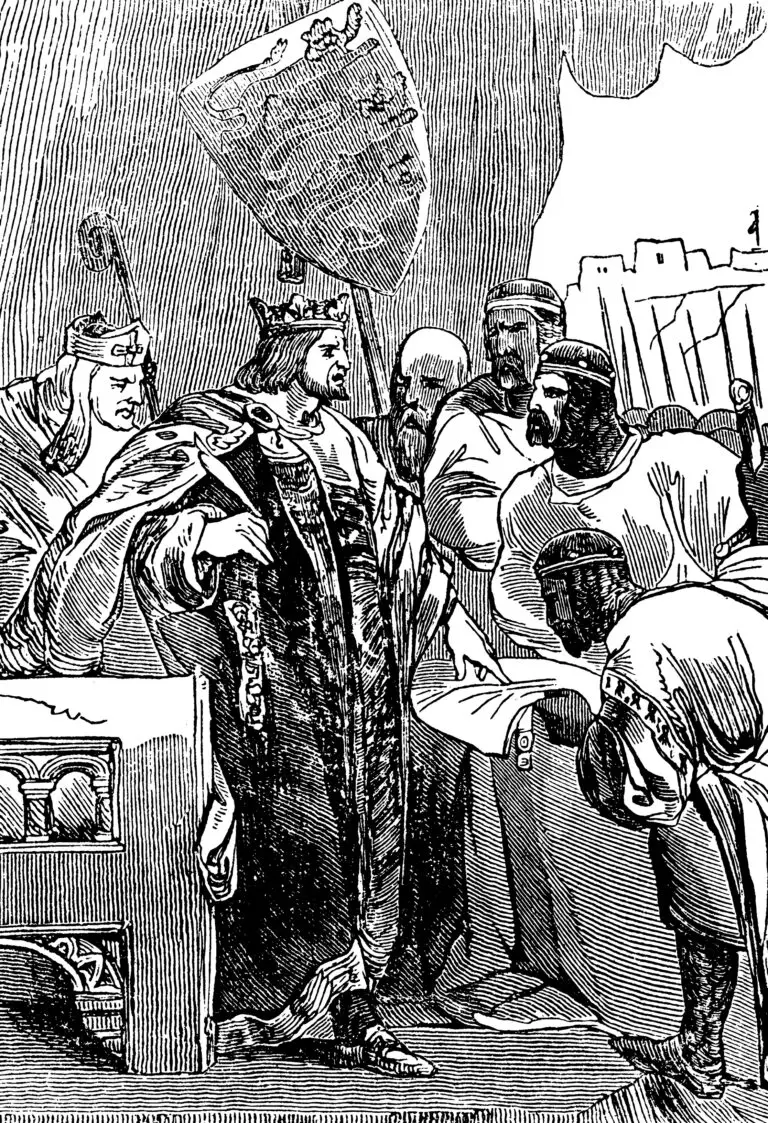Magna Carta

Table of Contents
What is the Magna Carta?
The Magna Carta, signed in 1215, is a seminal document in European history that laid the groundwork for constitutional governance and the rule of law. It was a peace treaty between King John of England and his barons, who were unhappy with his arbitrary exercise of power and heavy taxation.
The Magna Carta established certain fundamental principles, including limits on the king’s authority, protection of feudal rights, and the guarantee of due process and fair treatment under the law.
While initially a product of medieval English politics, the Magna Carta’s principles of legal rights and limitations on royal power became foundational to modern democratic governance. It served as a precedent for later constitutional documents, influencing developments such as the English Bill of Rights and the United States Constitution.
Magna Carta Significance
The Magna Carta, Latin for “Great Charter,” was a document signed by King John of England in 1215, under pressure from rebellious barons, in an attempt to limit the monarch’s powers and protect the rights of the nobility.
The Magna Carta is considered one of the most important legal documents in history and a foundational document for constitutional law and the principles of limited government.
The Magna Carta established the principle that the king was subject to the law and could not act arbitrarily, laying the groundwork for the rule of law and individual liberties.
The document contained provisions protecting the rights of free men, including the right to a fair trial by jury and protection against arbitrary imprisonment.
The Magna Carta also addressed issues related to inheritance, taxation, and the relationship between the king and the church.
Although initially annulled by Pope Innocent III, the Magna Carta was reissued in 1216, 1217, and 1225 during the reign of King John’s son, Henry III.
The Magna Carta inspired similar documents and movements for constitutional rights and liberties in other parts of Europe, including the Charter of Liberties in England and the Golden Bull in Hungary.
The Magna Carta was reaffirmed by subsequent English monarchs and served as a precedent for future legal and constitutional developments, including the English Bill of Rights in 1689.
Four original copies of the 1215 Magna Carta still exist today, housed in the British Library and other institutions, serving as symbols of the document’s enduring significance.
The Magna Carta influenced the development of constitutional governance and the protection of individual rights in countries around the world, including the United States, where it inspired the Bill of Rights.
Related Links
Enlightenment
Glorious Revolution
Hundred Years’ War
Romanticism